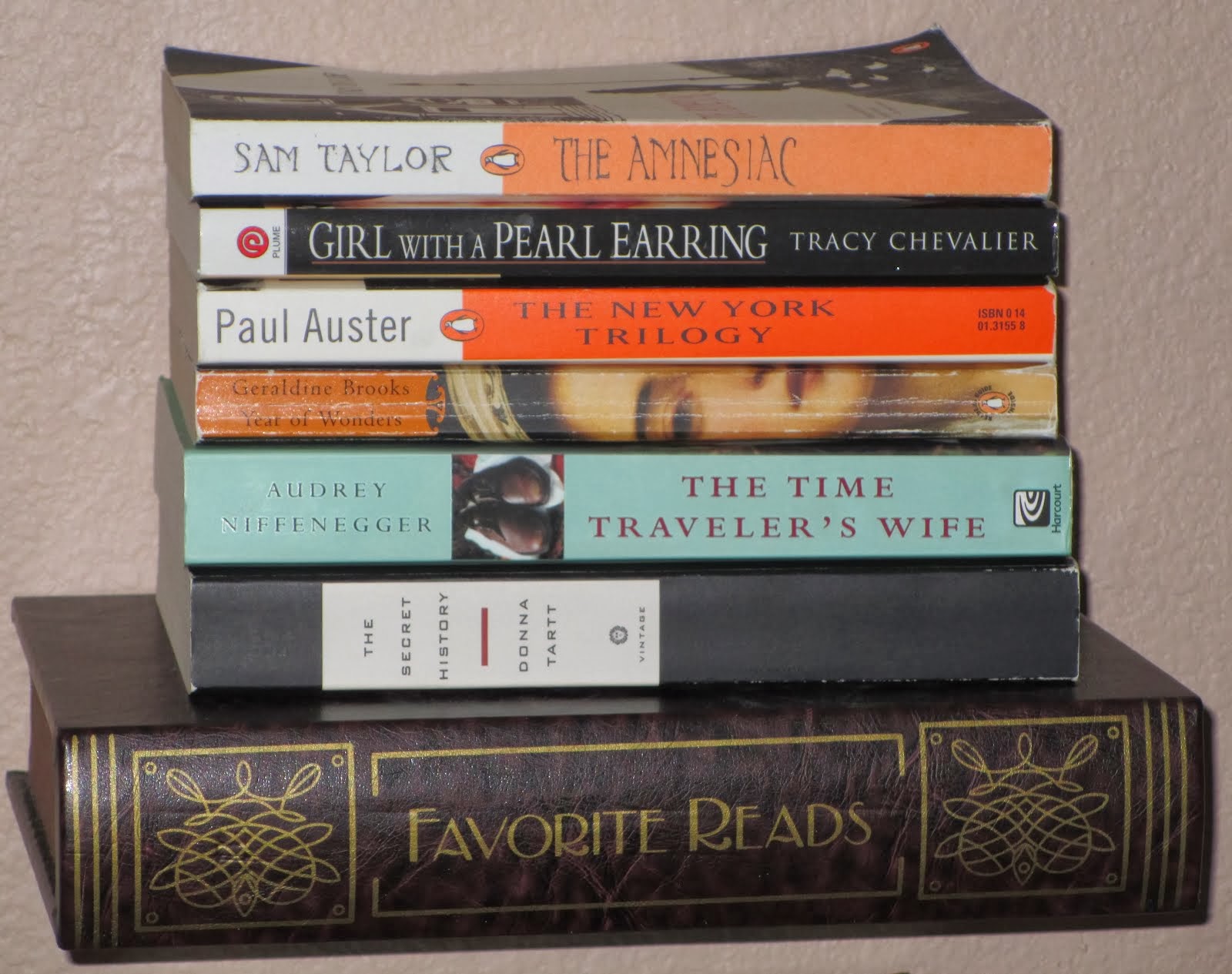This is the charming (and true!) account of the correspondence between an American woman and the staff of a British bookshop, which I heard about here. First published in 1970, it is an epistolary novel that begins in 1949 and spans twenty years.
The majority of the letters focus on the titles of books Helene Hanff (the American) hopes to buy--quite an eclectic selection!--though everything from baseball to royalty is worked in along the way. It may not be the most eventful book I've ever read, but somehow it's still engaging all the way through, managing to draw the reader in easily. And it's really short, so it just flies by.
One of the most interesting things about this book is the difference between the American and the British voice. From the very beginning, Helene writes to Marks & Co with a bold familiarity couched in humor and mild, good-natured castigation, whereas the British writers (most often represented by Frank Doel) are very business-like and proper at the beginning, slowly warming up to Miss Hanff as the book goes on.
In 1973 Hanff published a follow-up memoir entitled The Duchess of Bloomsbury Street. Have you read it?
The Bride’s Week #16 – w/e 21/4
14 hours ago
















